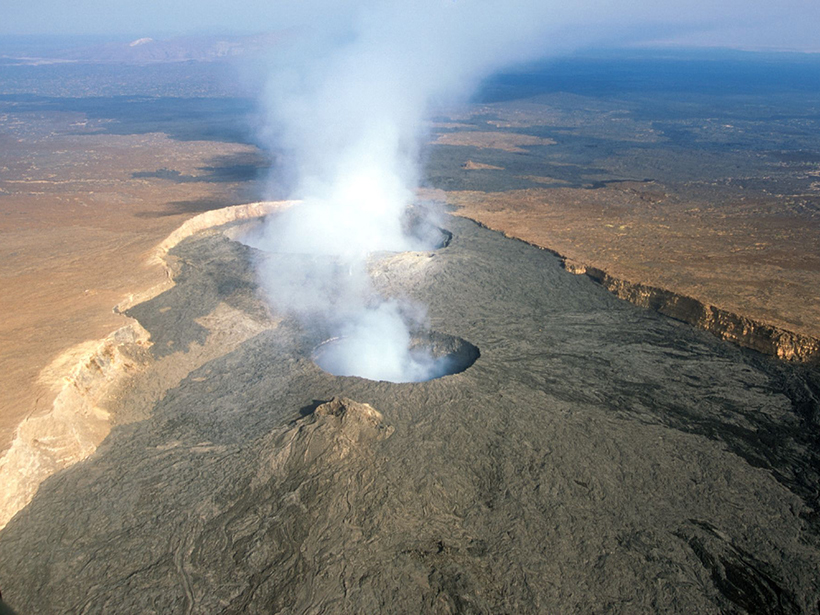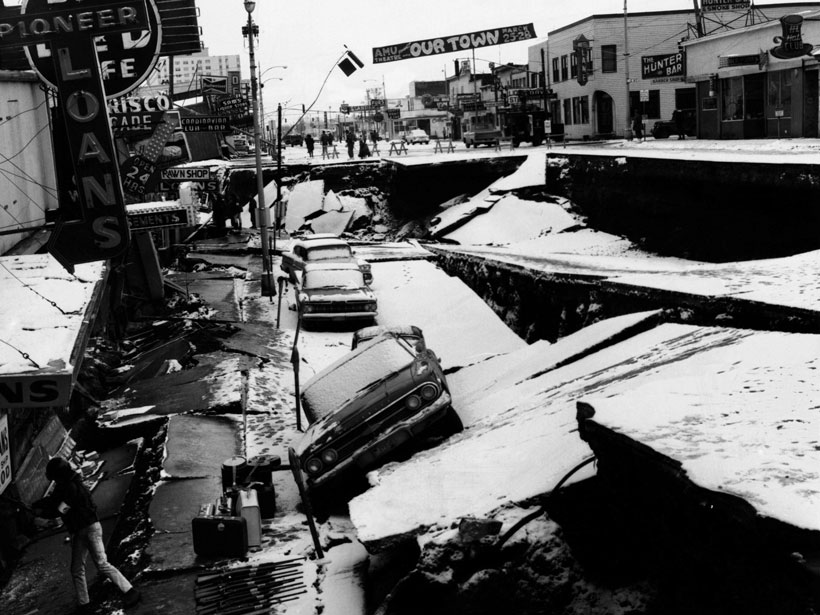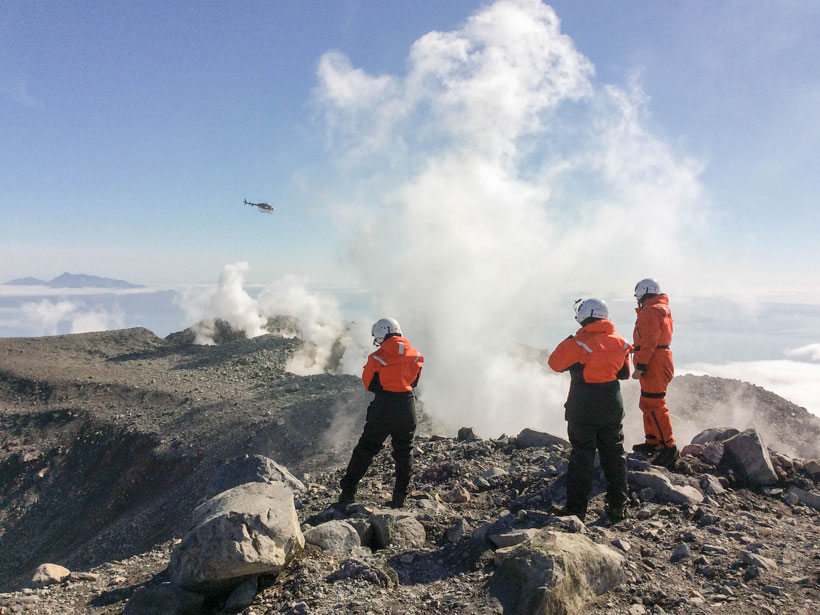A decade-long research collaboration has revealed that the split between Africa and North America roughly 200 million years ago was more drawn out than previously thought.
GeoPRISMS
Posted inScience Updates
Slipping and Locking in Earth’s Earthquake Factories
Geodetic observations collected during back-to-back decadal research campaigns have revealed crucial new insights into the start–stop and slow-motion behavior of subduction zones.
Posted inOpinions
A Successful Model for Interdisciplinary Research
Over the past decade, the GeoPRISMS program has greatly expanded understanding of shoreline-spanning Earth systems processes and fostered a vibrant and increasingly diverse community of researchers.
Posted inScience Updates
Project VoiLA: Volatile Recycling in the Lesser Antilles
Deep water cycle studies have largely focused on subduction of lithosphere formed at fast spreading ridges. However, oceanic plates are more likely to become hydrated as spreading rate decreases.




